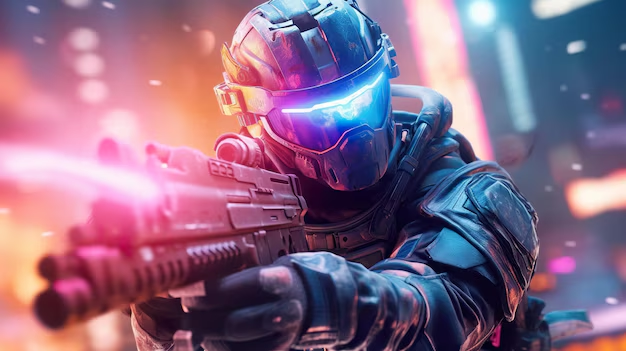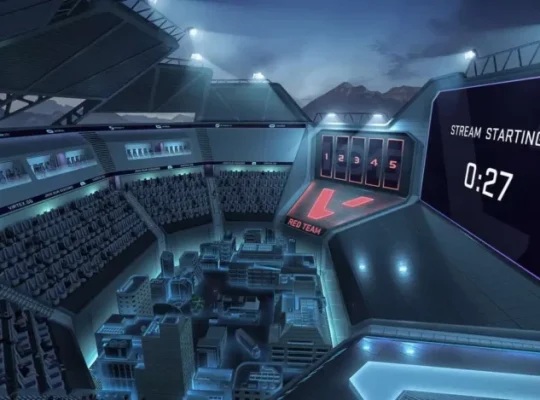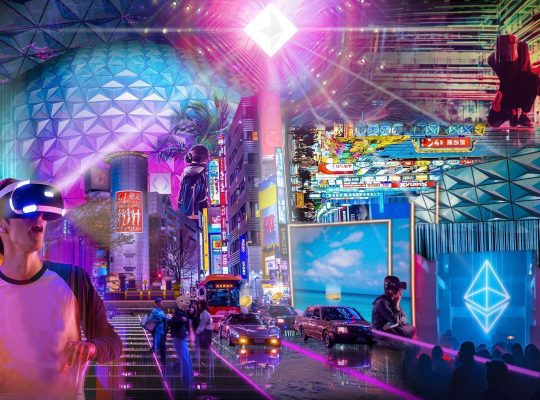The gaming industry is witnessing a remarkable transformation as AI artificial intelligence tools become increasingly integral to the creative process. From vast landscapes to unique character designs, AI is helping developers push the boundaries of what’s possible in game development.
Character Creation and Customization
One of the most exciting applications of AI in game design is character creation. Tools like Midjourney and DALL-E 2 are being used to generate unique character concepts and variations. Developers can input text descriptions and receive multiple design options within seconds, significantly speeding up the conceptual phase.
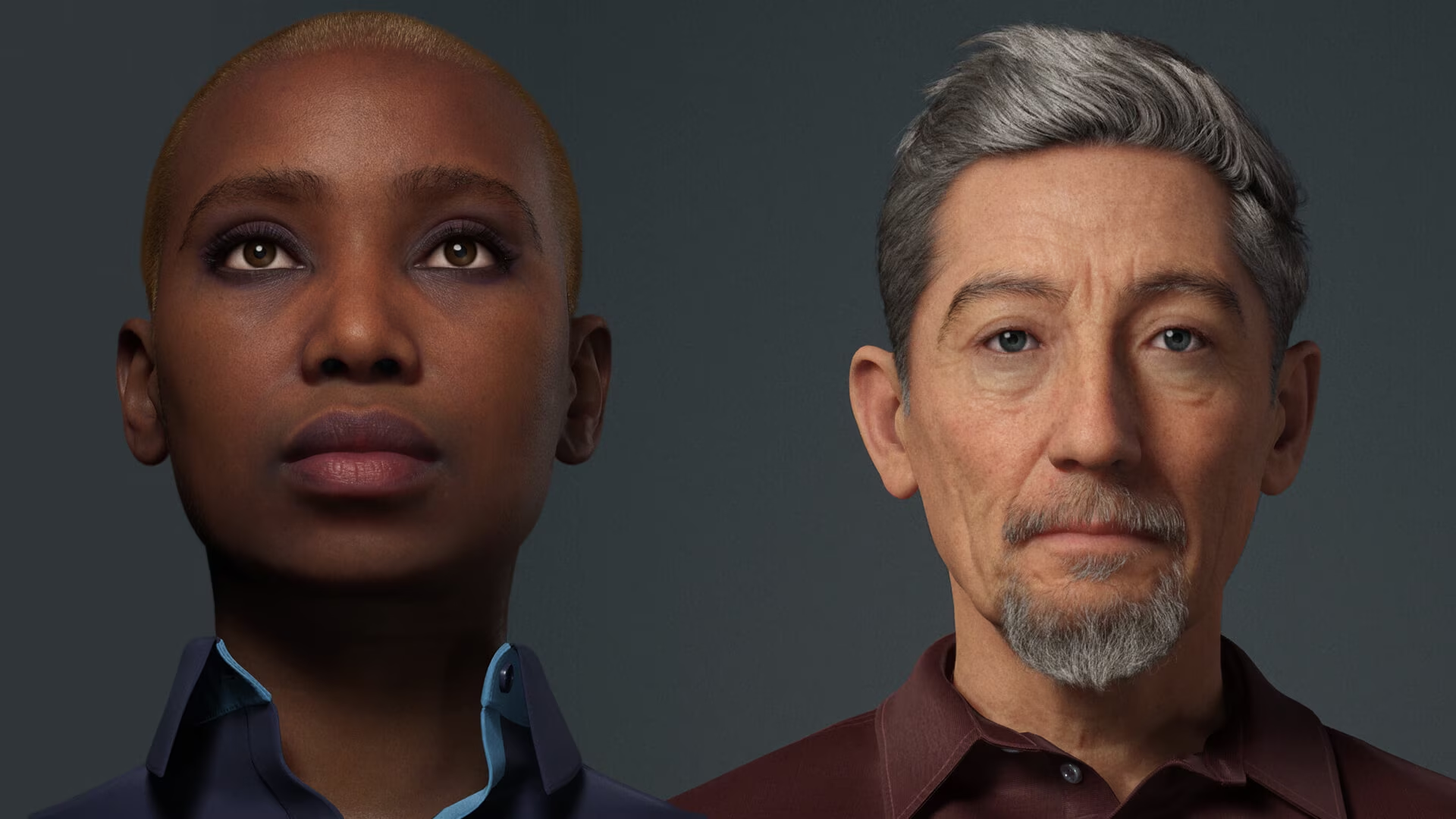
Epic Games’ MetaHuman Creator is another breakthrough tool that allows developers to create photorealistic human characters in minutes rather than weeks. The tool uses deep learning to generate highly detailed faces and bodies that can be easily customized and animated.
World Building and Environmental Design
AI is also transforming how game worlds are created. Nvidia’s GauGAN2 allows designers to sketch simple shapes that are instantly transformed into realistic landscapes. Similarly, tools like World Creator AI can generate entire terrains complete with vegetation, weather patterns, and environmental details.

Real-World Applications
Several recent games have already incorporated AI design tools in their development:
- “No Man’s Sky” uses procedural generation powered by AI to create virtually infinite unique planets and creatures
- “Minecraft” employs AI algorithms to generate endless unique worlds
- “Assassin’s Creed Valhalla” utilized AI tools to assist in creating its vast Nordic landscapes
Keep Reading
Navigating the Pitfalls of Meta’s AI Assistant
Meta’s AI Bet Sends Tech Stocks Tumbling
Pokémon Scarlet and Violet’s Meta Analysis
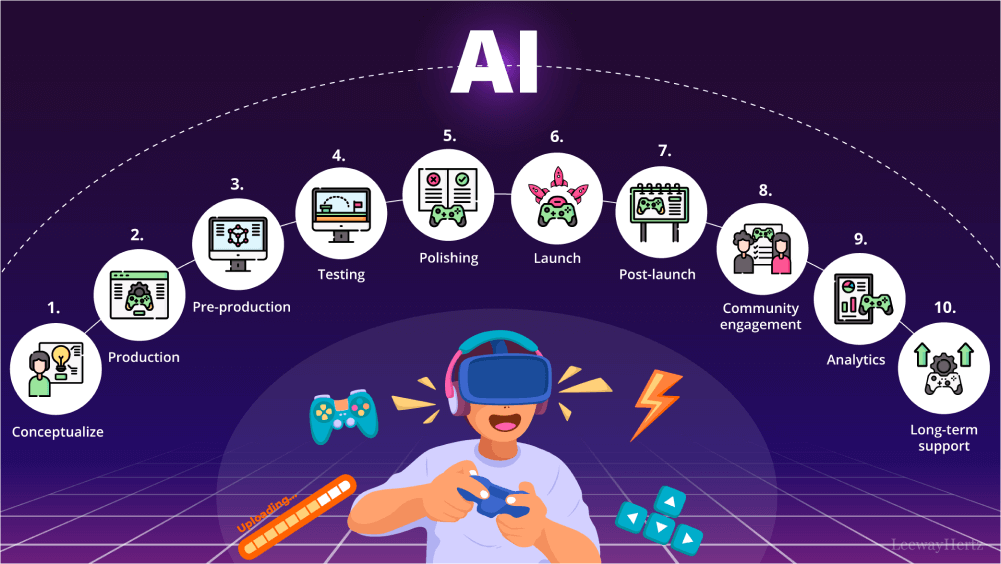
Challenges and Considerations
While AI tools offer incredible possibilities, they’re not without limitations:
- The need for human refinement and artistic direction
- Ensuring consistency across AI-generated assets
- Managing computational resources
- Maintaining creative control and unique artistic vision
The Future of AI in Game Design
As these tools continue to evolve, we can expect to see:
- More sophisticated real-time generation of game content
- Enhanced character customization options
- Improved integration with existing game development workflows
- Better optimization for different gaming platforms
Best Practices for Using AI Tools
- Use AI as a starting point for ideation
- Combine multiple AI tools for better results
- Maintain a balance between AI-generated and human-created content
- Keep your target audience in mind
- Document your AI-assisted design process
Conclusion
AI tools are not replacing human creativity but rather augmenting it, allowing developers to create more ambitious and detailed games while reducing production time and costs. As these technologies continue to advance, we can expect even more innovative applications in game design and development.
Remember, the key to successful implementation of AI tools in game design lies in finding the right balance between automated assistance and human creativity. The future of game development is not about AI taking over, but about humans and AI working together to create extraordinary gaming experiences.

